The Nissan Murano CrossCabriolet is one of the most bizarre and fascinating vehicles ever produced. A convertible SUV in an era when such a concept seemed unthinkable, it defied conventional wisdom—and sales expectations.
Today, it stands as a rare collector’s oddity, a conversation starter, and for some, a surprisingly compelling used car buy. But what led Nissan to create this machine? How does it hold up over a decade later? And most importantly—should you buy one in 2025? This deep-dive exploration covers:
- The origins of the CrossCabriolet – Why Nissan took a midsize SUV and chopped its roof off.
- The engineering and design challenges – How (and why) it differs from the standard Murano.
- Common problems and reliability – What breaks, how much it costs to fix, and whether it’s a money pit.
- Current market trends – Is it a future classic or a depreciated flop?
- Who should (and shouldn’t) buy one – The ideal owner profile in 2025.
That should ultimately answer the question of whether this quirky convertible SUV deserves a spot in your garage or best left as an automotive footnote.
See also:
Chapter 1: The Birth Of An Oddity – Why Nissan Built A Convertible SUV
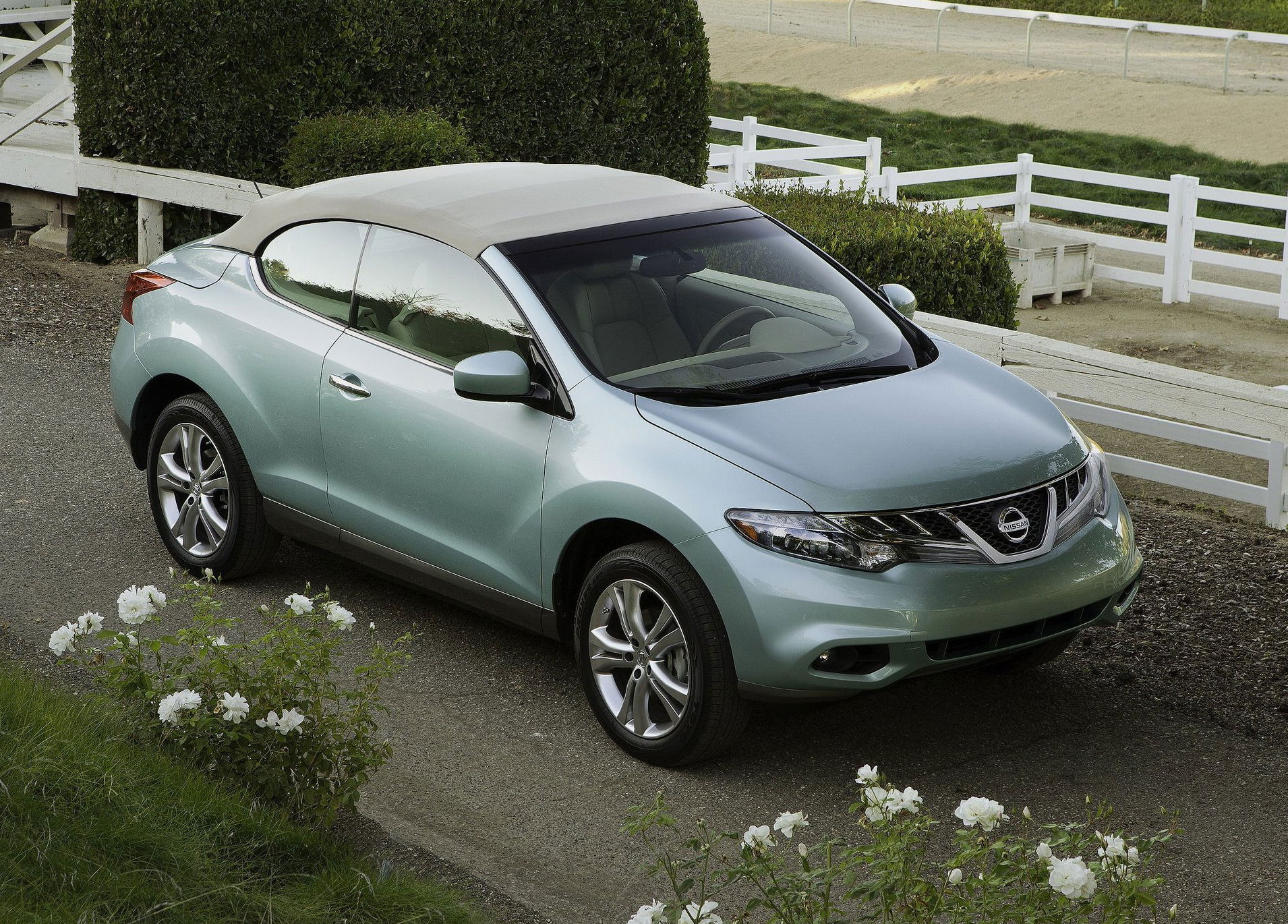
In the late 2000s, Nissan was riding high on bold designs. The Murano, introduced in 2002, was an instant hit—a sleek, futuristic SUV that stood out in a sea of boxy competitors.
By 2010, Nissan’s then-CEO, Carlos Ghosn, pushed for even bolder moves. The result was the Murano CrossCabriolet, a topless SUV that nobody asked for—but somehow got made anyway.
A Concept That Shouldn’t Have Worked
SUVs were (and still are) prized for practicality—hauling families, cargo, and handling rough weather. Removing the roof sacrificed structural rigidity, cargo space, and rear-seat headroom. Yet Nissan went ahead, betting that luxury convertible buyers might want something different.
The CrossCabriolet SUV was a paradox—stripped of its practicality in pursuit of open-air indulgence. Nissan’s target was obviously affluent empty-nesters who craved wind-in-the-hair motoring without surrendering the commanding ride height of an SUV.
This wasn’t aimed at off-roaders or school-run parents but at a niche of buyers who viewed cars as lifestyle statements rather than tools.
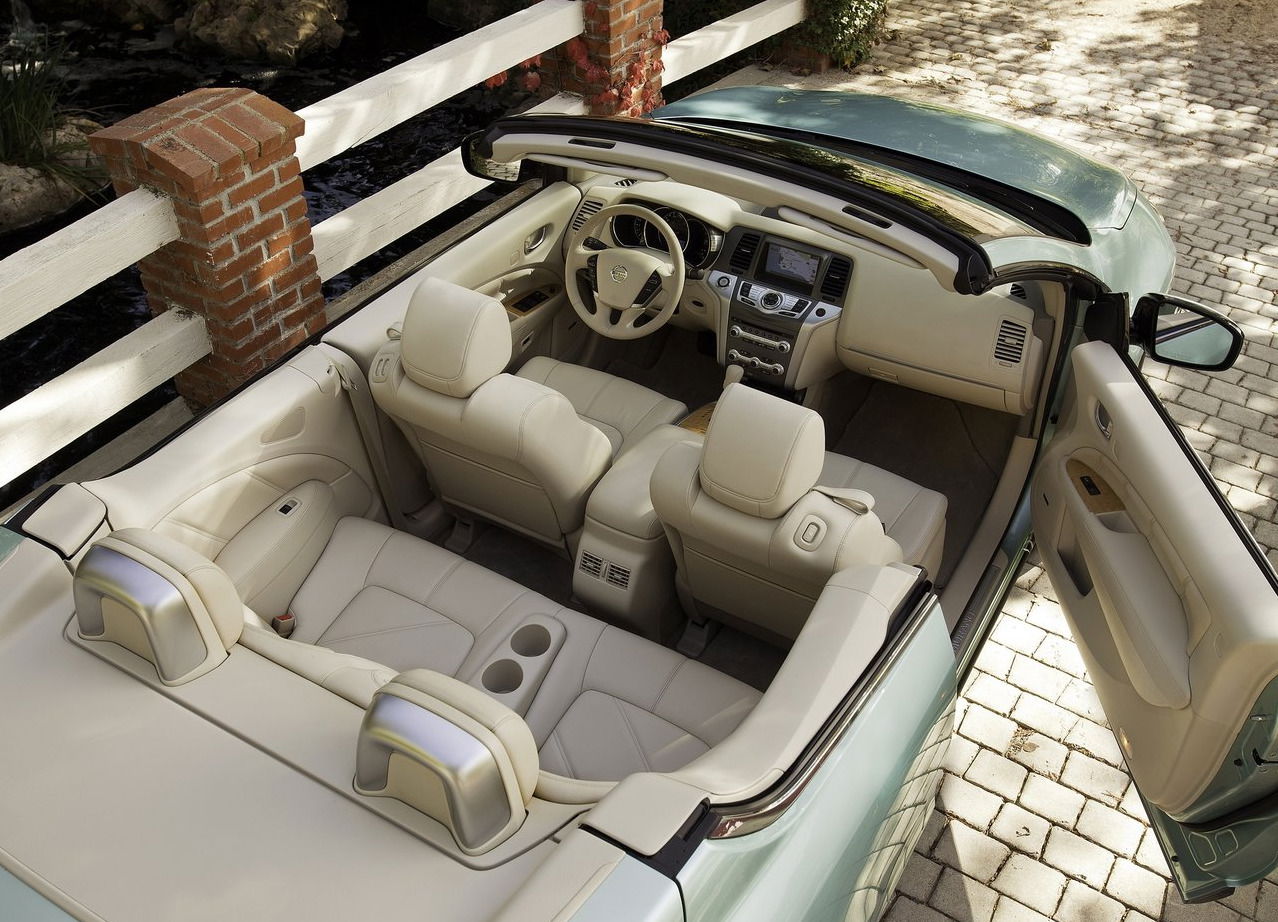
The engineers behind the CrossCabriolet faced brutal compromises to make the concept viable. The standard Murano’s unibody structure, never intended to lose its roof, demanded extensive reinforcement to maintain rigidity, adding weight and complexity.
A power-folding cloth top replaced the fixed roof, sacrificing cargo space and introducing a point of mechanical vulnerability. The four-door hardtop’s practicality vanished, replaced by a two-door configuration that further limited accessibility.
Critics were merciless, lambasting it as a solution in search of a problem. The market agreed—just 6,000 found buyers in the U.S. over three years (according to Hemmings), translating to just a fraction of Nissan’s expectations. What emerged was neither a true SUV nor a satisfying convertible, but an automotive oddity that defied categorization.
Yet this very audacity—the willingness to build something so defiantly illogical—is what now lends the CrossCabriolet its perverse charm.
Why The Murano CrossCabriolet Is Gaining Cult Status Now
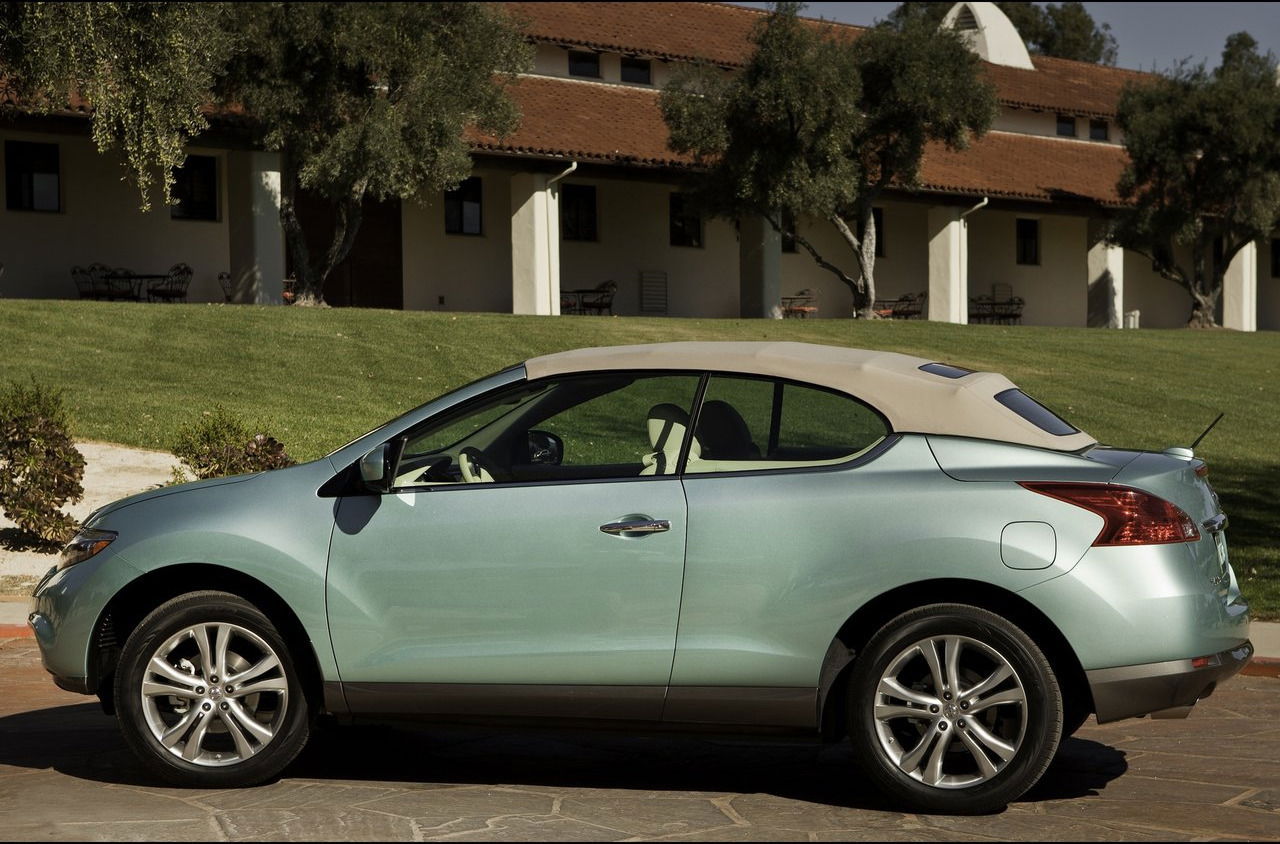
A decade later, the CrossCabriolet is enjoying a second life as a quirky collector’s item. Its rarity, polarizing design, and "what were they thinking?" appeal have made it a curious one for automotive contrarians. Prices for clean examples are creeping up, suggesting it might be an undervalued future classic.
Automotive collectors have always gravitated toward the unusual—cars that defy convention, spark debate, and stand alone in history. The Murano CrossCabriolet checks every box. Its very existence is absurd, which makes it irresistible to enthusiasts who prize rarity and audacity over mass appeal.
Unlike forgotten sedans or generic SUVs, the CrossCabriolet is impossible to ignore—a topless crossover in a world that never asked for one. That boldness, combined with its dismal sales, ensures its scarcity, a key driver of collector interest. But it’s not just about being weird.
The CrossCabriolet represents a specific moment in automotive experimentation—an era when manufacturers took wild risks before the industry homogenized. Today, as cars grow more predictable, the CrossCabriolet’s unapologetic strangeness feels refreshing.
Social media amplifies its cult appeal; it’s a meme, a conversation piece, a car that gets attention precisely because it shouldn’t exist. For collectors, that’s the ultimate prize: a machine that’s a story on wheels.
Chapter 2: The Murano CrossCabriolet’s Biggest Flaws – And What It Costs To Fix Them
If you’re considering buying one, you need to know where the problems lie. The CrossCabriolet shares some issues with the standard Murano but has unique headaches due to its chopped roof.
The Dreaded Roof Mechanism
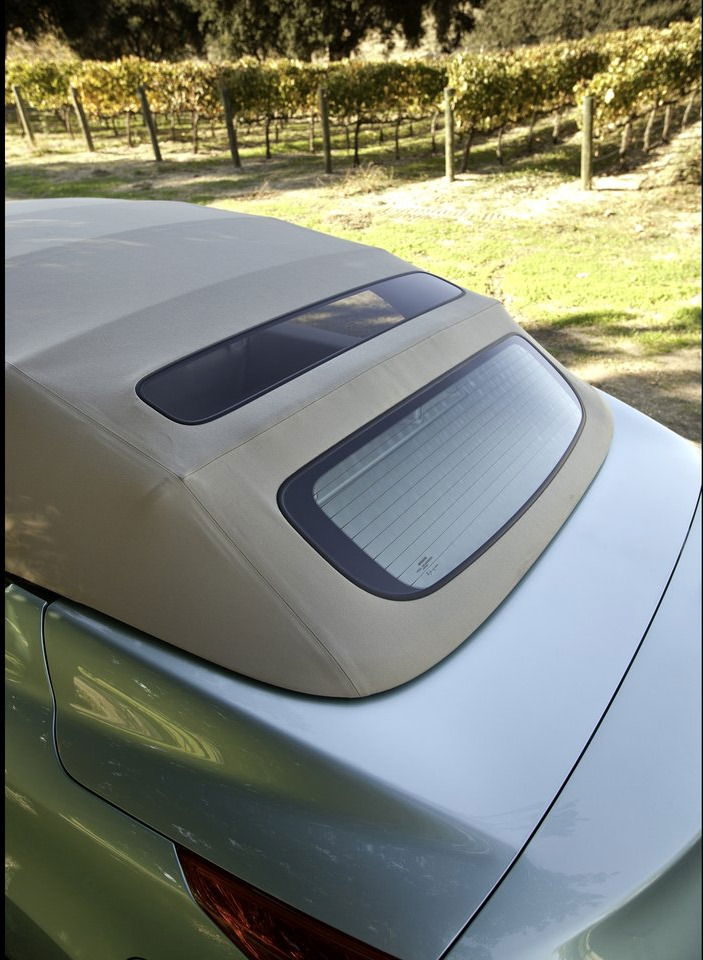
The power-folding cloth top is complex—and expensive when it fails. Common problems include:
- Leaks (especially around the rear window)
- Motor or hydraulic failures (repairs can exceed $2,000)
- Worn-out seals leading to wind noise
Always test the roof multiple times and inspect for water damage in the cabin.
Structural Weaknesses and Body Flex
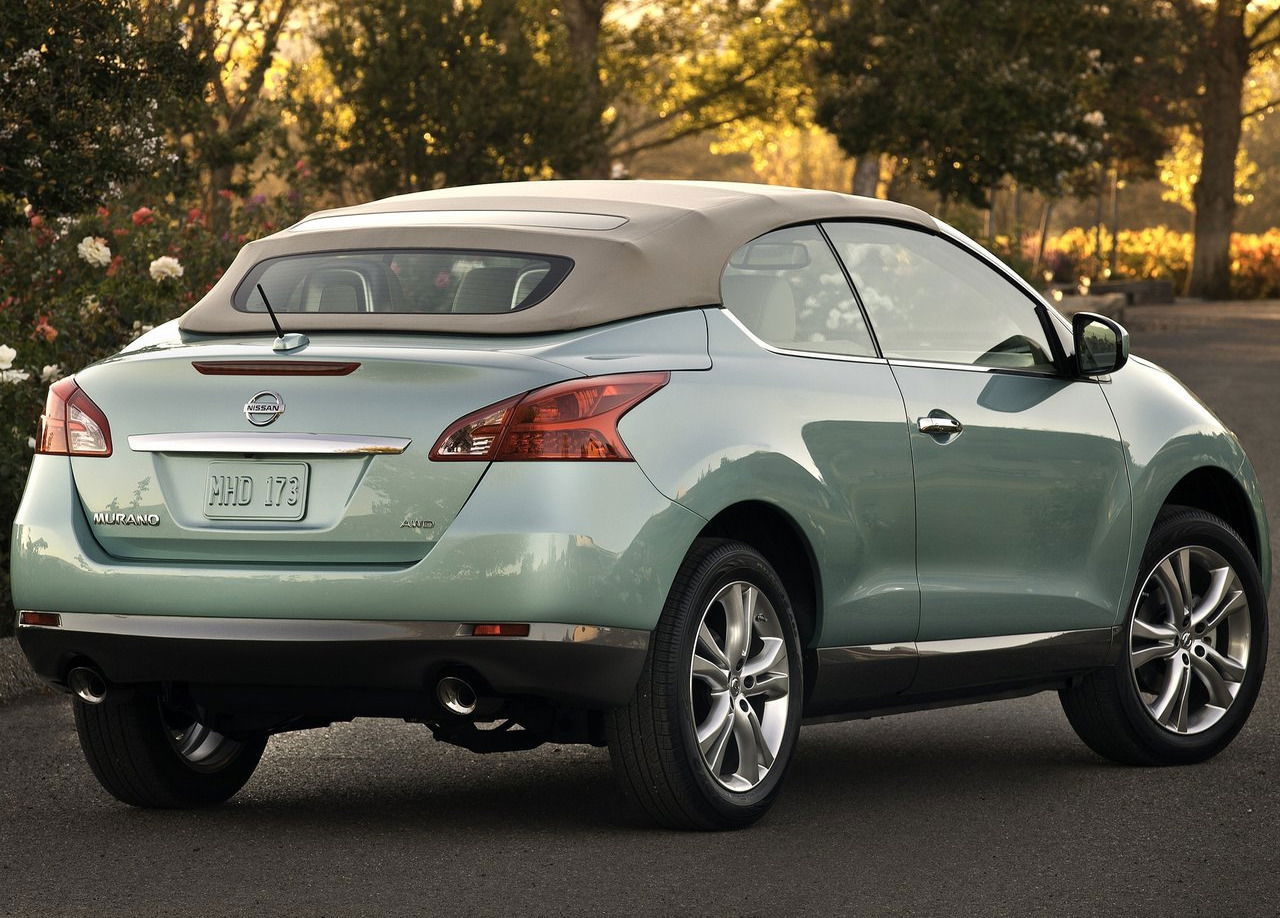
Without a fixed roof, the chassis relies on heavy reinforcements. Over time, this can lead to:
- Creaks and rattles (especially over bumps)
- Door alignment issues (from frame flex)
- Premature wear on suspension components
The Infamous CVT Transmission
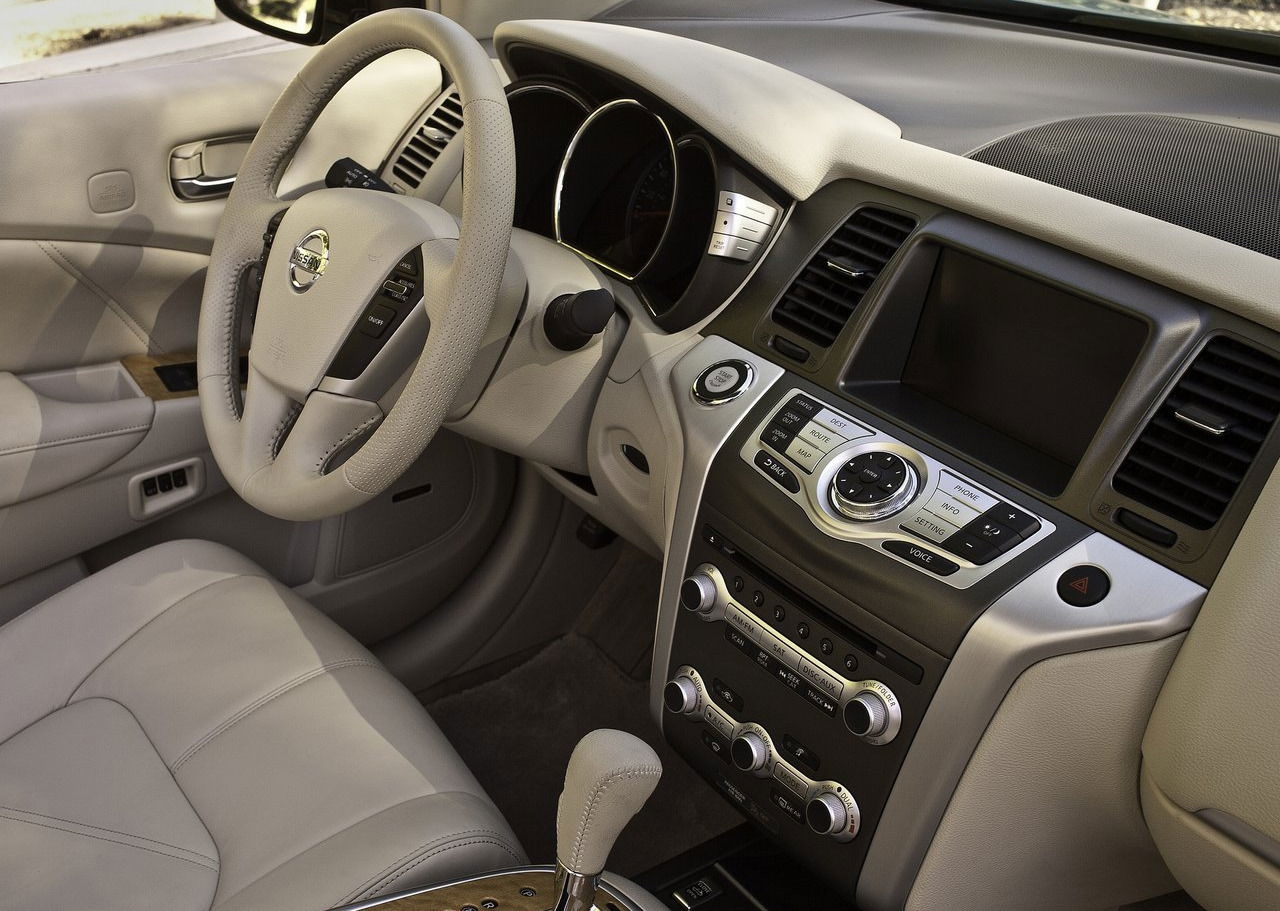
Like many Nissans of this era, the Jatco CVT is a weak point. Symptoms of failure include:
- Jerking, hesitation, or slipping
- Overheating in stop-and-go traffic
- Complete failure (replacement costs $3,500+)
Regular fluid changes (every 30,000 miles) can extend its life.
Electrical Gremlins
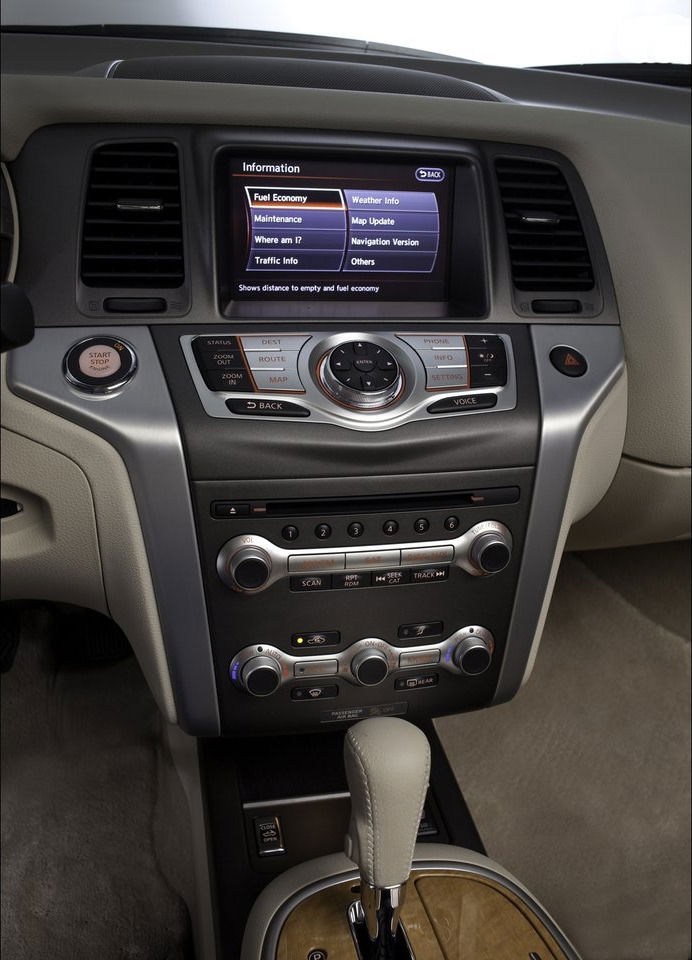
Owners report:
- Faulty power seat motors
- Infotainment glitches
- Convertible top sensor failures
A well-maintained CrossCabriolet can be reliable, but neglect turns it into a money pit. Budget $1,500-$3,000/year for upkeep if buying a higher-mileage example.
See also:
Top Small Luxury SUVs for 2025
Chapter 3: The Market In 2025 – Is the CrossCabriolet A Smart Buy?
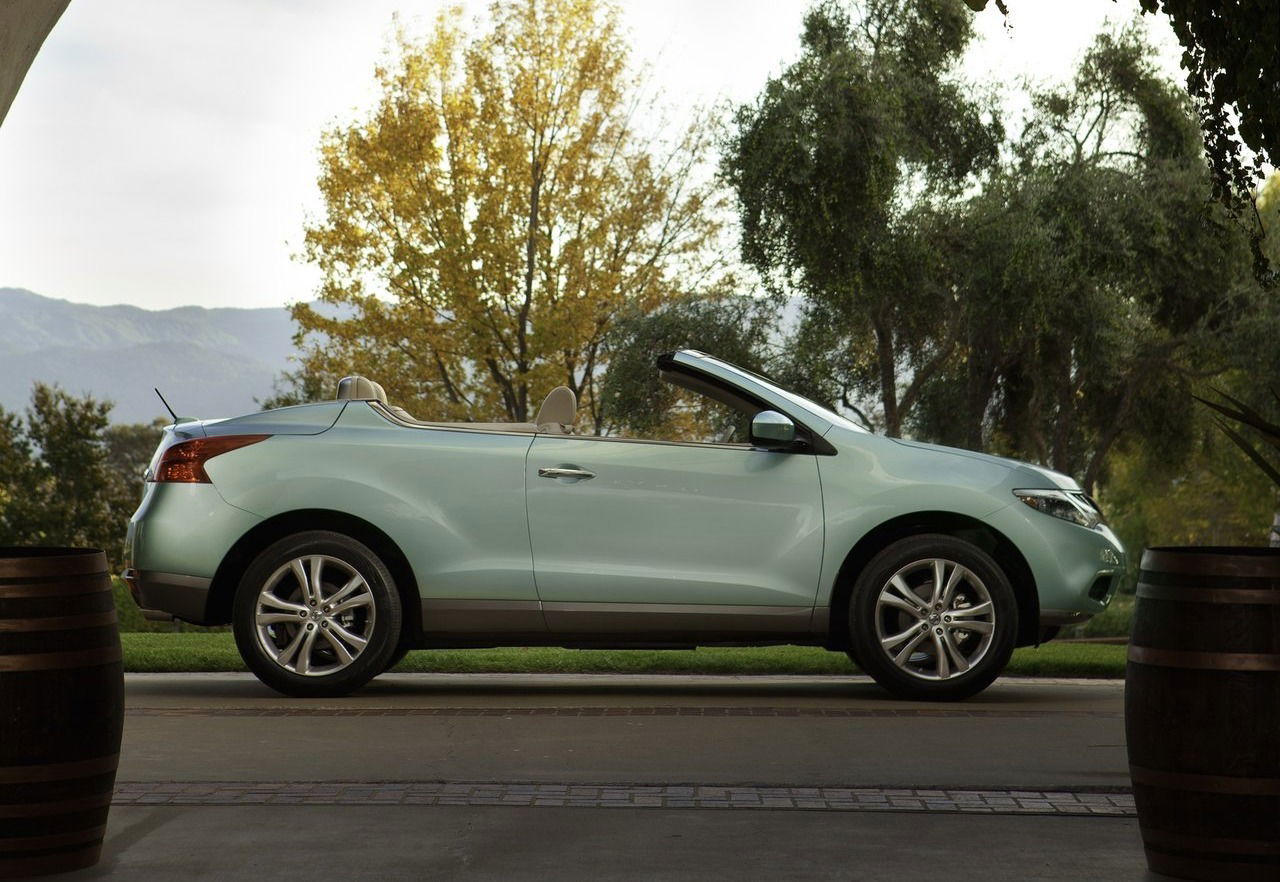
With so few made, the CrossCabriolet is a rare sight. But is it a good investment, or just a novelty? The vehicle’s eccentricity has transformed from a liability into an asset.
Current pricing reveals a clear stratification based on condition and mileage. Pristine, low-mileage examples—those with fewer than 50,000 miles—command premiums between $18,000 and $25,000, reflecting their status as preserved oddities.
More typical specimens in average condition, with 70,000 to 100,000 miles, trade in the $12,000 to $17,000 range, appealing to buyers willing to tolerate some wear for the sake of affordability.
At the bottom of the market, high-mileage or neglected projects languish below $10,000, often serving as DIY candidates for those undeterred by mechanical risks. The auction scene underscores this divide. In 2023, a near-mint 2011 model with just 1,900 miles fetched $32,000 at auction, a stark contrast to the $15,000 median for everyday listings.
This disparity hints at the CrossCabriolet's dual identity: as both a drivable curiosity and an emerging collector's piece.
The question of appreciation hinges on its contradictions. On one hand, its extreme rarity, meme-worthy notoriety, and lack of direct competitors suggest long-term desirability. On the other, its niche appeal and costly upkeep temper speculative enthusiasm.
The likely trajectory is that well-preserved, low-mileage examples will gradually climb as automotive historians and contrarian collectors seek them out, while higher-mileage cars remain affordable oddballs—purchased for their novelty rather than investment potential.
For now, the CrossCabriolet occupies a unique middle ground where it’s too strange to ignore, but still too flawed to be a sure bet.
Final Verdict: Who Should (and Shouldn’t) Buy A CrossCabriolet in 2025?
Buy It If:
✅ You want a rare, conversation-starting car that stands out.
✅ You’re okay with higher maintenance costs than a typical SUV.
✅ You prefer open-air driving but don’t want a traditional convertible.
Avoid It If:
❌ You need practicality (cargo space is limited).
❌ You’re on a tight budget (repairs add up quickly).
❌ You expect sporty handling (it’s a heavy, softly-tuned cruiser).
The Nissan Murano CrossCabriolet: A Misunderstood Oddball Worth A Second Look

The Nissan Murano CrossCabriolet was a marketing flop but is now a cult classic in the making. For the right buyer—someone who values rarity over rationality—it’s a fascinating ownership experience.
Just go in with your eyes open: this is a car that demands patience, a sense of humor, and a good mechanic. If you’re intrigued, now might be the time to buy—before prices climb further into collector territory.